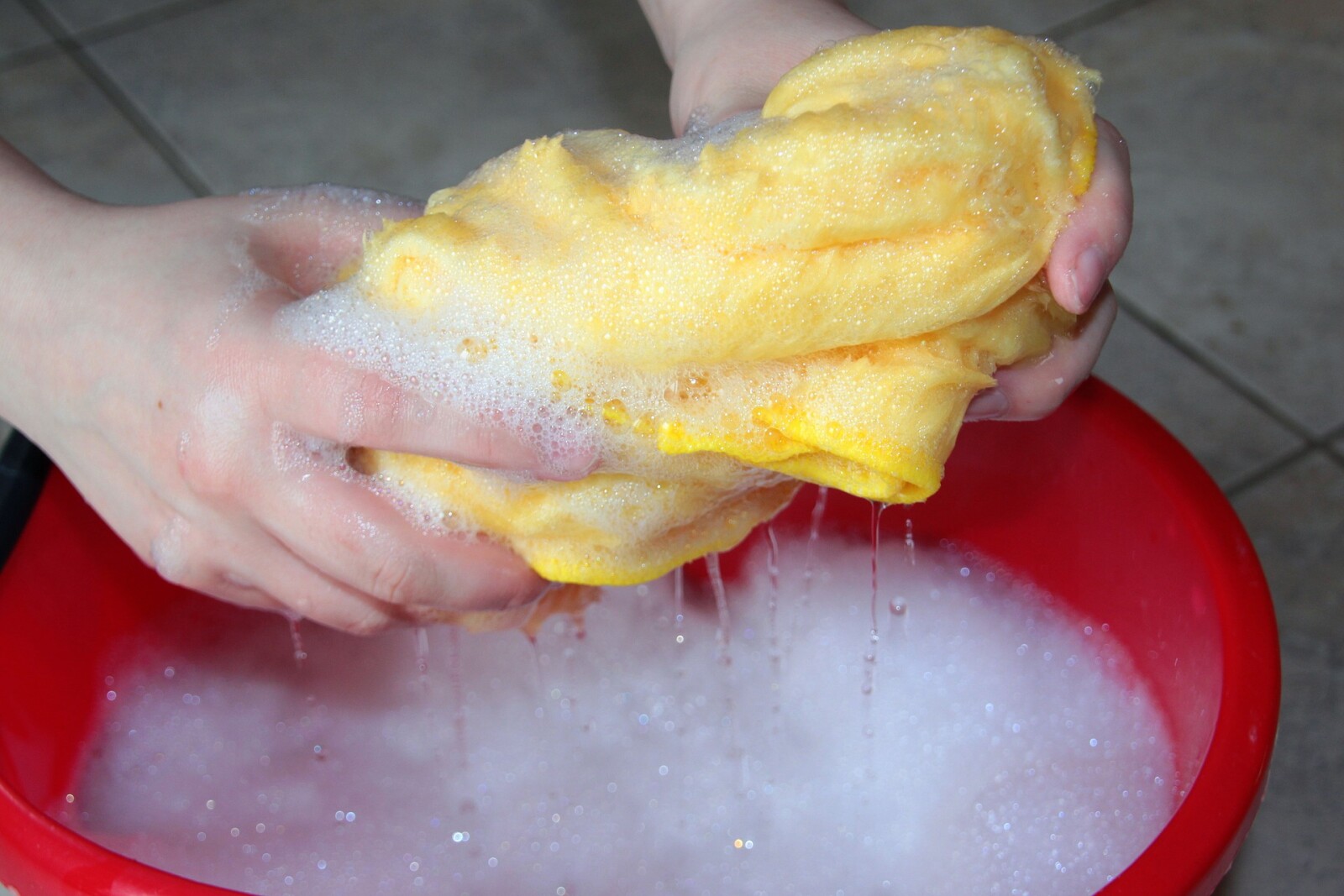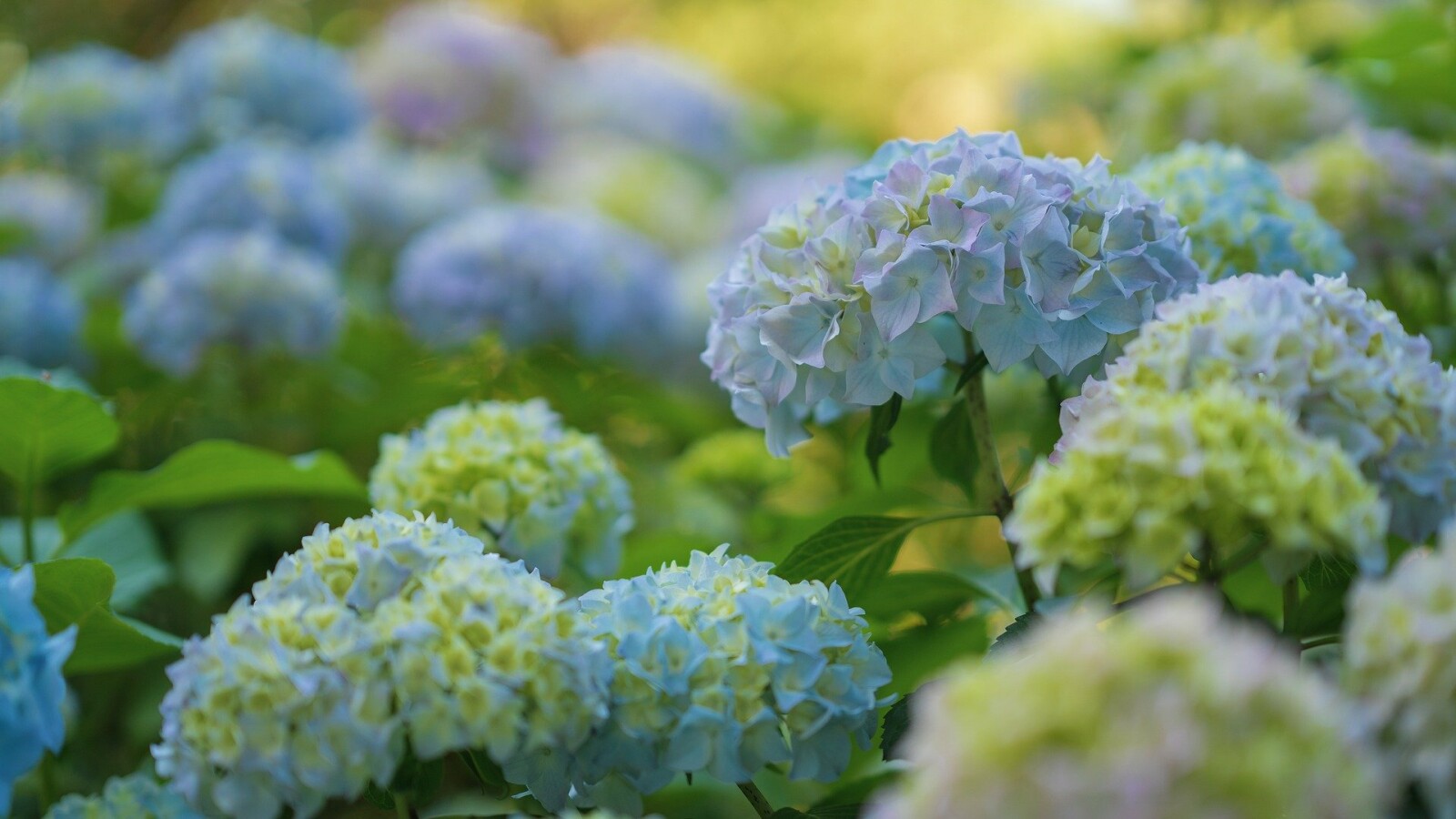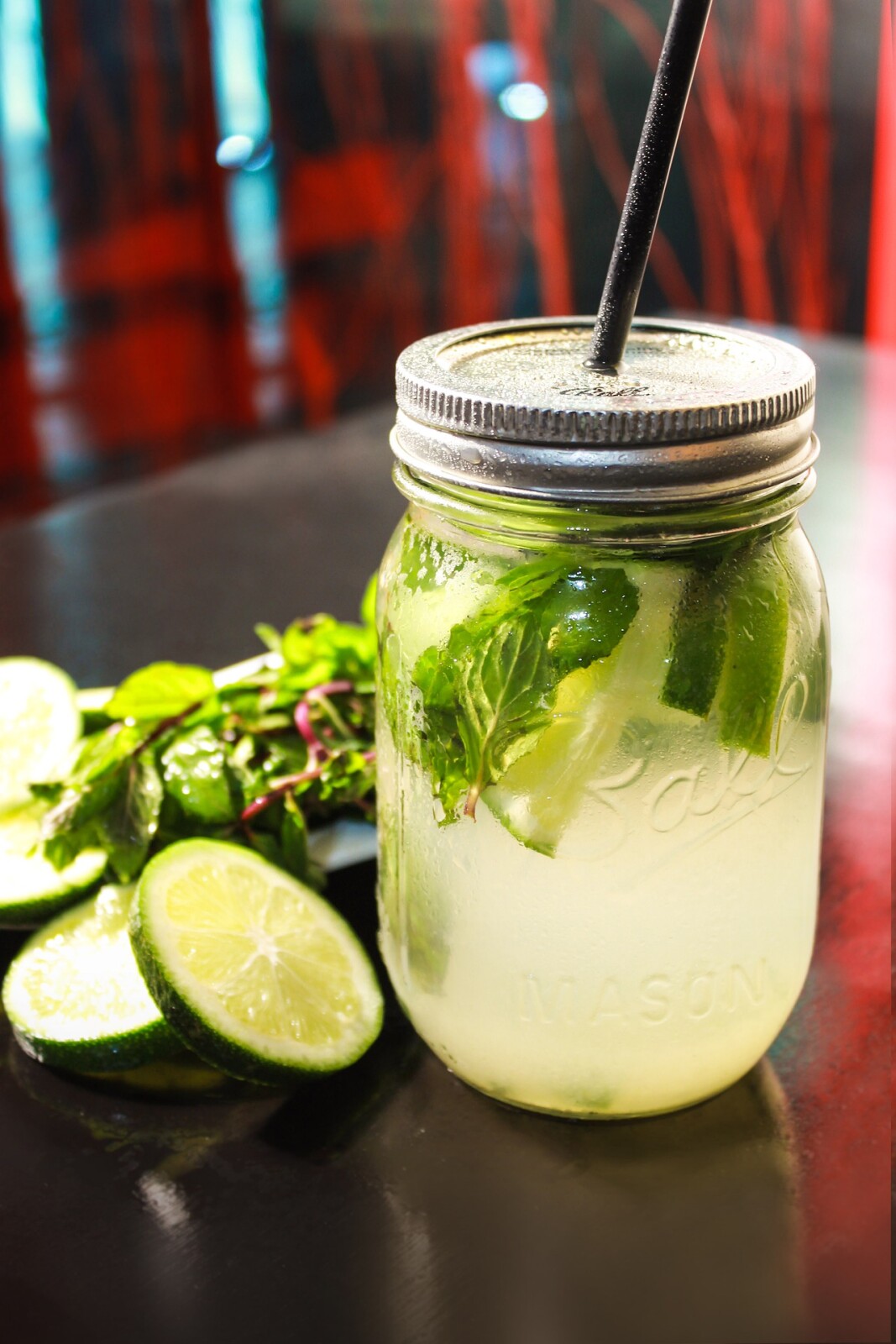
As a mom, you are the gatekeeper to your home. You are the one who is deciding what products go into your cart at the store and which come to the doorstep of your home. It is up to you to decide what is best for your family.
Here’s the truth. My house used to be filled with this stuff. We were getting sick all the time. As I started to slowly shift our products for healthier ones, we started to feel better more consistently. Now, don’t get me wrong, we are not perfect holistic crunchy folks over here. This is not something that happened overnight for us. We started with one product, then added another, until eventually, we were able to swap out most of the toxin laden products for healthier versions. It was all about baby steps for us.
Here are the top 10 culprits that are worth avoiding (read - run far, far away!)
Parabens
Parabens are widely used as preservatives that prevent the growth of bacteria, mold and yeast in cosmetic products. Sounds good, right? But, they do more than that... Parabens possess estrogen-mimicking properties that are associated with increased risk of breast cancer.
Synthetic colors
If you take a look at your product label and notice FD&C or D&C, they represent artificial colors. F — representing food and D&C representing drug and cosmetics. These letters precede a color and number (e.g., D&C Red 27 or FD&C blue 1). These synthetic colors are derived from petroleum or coal tar sources. Synthetic colors are suspected to be a human carcinogen, a skin irritant and are linked to ADHD in children. In Europe these colorants are considered carcinogenic and the European Union has banned them. Yet, it is perfectly legal in the United States.
Fragrance
What does “fragrance” mean anyway? This term was created to protect a company’s “secret formula.” In reality it’s a sneaky way that companies can slip in up to 3,000 chemicals that are hazardous to your health. According to the Environmental Working Group (EWG) Skin Deep Database, fragrance mixes have been associated with allergies, dermatitis, respiratory distress and potential effects on the reproductive system.
Phthalates
Phthalates are used to increase the flexibility and softness of a product. The most common ones are dibutyl phthalate (nail polish), diethyl phthalate (perfumes + lotions), & dimethyl phthalate (hair spray). They are known to be endocrine (hormone) disruptors and have been linked to increased risk of breast cancer, early breast development in girls, and reproductive birth defects in males and females.
Triclosan
Triclosan is a widely used antimicrobial chemical that’s a known endocrine disruptor — especially to the thyroid and reproductive hormones, and it is a skin irritant. Studies raise concerns that triclosan contributes to making bacteria in the body antibiotic-resistant. In 2016 the FDA banned its use in soaps, yet it’s STILL permitted to be used in toothpastes & deodorants.
Sodium lauryl sulfate (SLS) / Sodium laureth sulfate (SLES)
These surfactants can be found in more than 90% of personal care and cleaning products (anything that produces foam or suds). SLS’s are known to be skin, lung, and eye irritants. Worse yet, SLSs can bind with other chemicals to form nitrosamines, which are known carcinogens which can lead to other issues like kidney and respiratory damage.
Formaldehyde
Formaldehyde and formaldehyde-releasing preservatives (FRP’s) are used in many cosmetic products to help prevent bacteria growth. This chemical was deemed as a human carcinogen and has been linked to occupational related cancers nasal and nasopharyngeal. It is known to cause allergic skin reactions and it may also be harmful to the immune system.
Toluene
Toluene is a petrochemical derived from petroleum or coal tar sources. You may see it on labels listed as benzene, toluol, phenylmethane, methylbenzene. Toluene is a potent solvent able to dissolve paint and paint thinner. It can affect your respiratory system, cause nausea and irritate your skin. Expectant mothers should avoid exposure to toluene vapors as it may cause developmental damage to the baby. Toluene has also been linked to immune system toxicity.
Propylene glycol
Propylene glycol is a small organic alcohol commonly used as a skin-conditioning agent. It has been associated with causing dermatitis and/or hives even when containing only 2%.
Butoxydiglycol
Butoxydiglycol is highly toxic and can disrupt the hormone system. It can be commonly found in household cleaners and degreasers. It is toxic to aquatic life. The European Union has banned this solvent in concentrations above 3% in aerosol cleaners. It is known to irritate and inflame the lungs.
I was shocked to see this list when I started to look at labels in my cabinets. I could not believe that I was bringing those hazards into my home. Do not despair! There are products out there that are much safer for your family. Knowing is half the battle. It’s impossible to avoid every single synthetic chemical, but we can do our part in limiting the amount of toxins our bodies are exposed to by using personal care products that do not contain these toxic chemicals.

I made an Ingredients Cheat Sheet for you to take with you when you are shopping so you can have a quick place to double check before you buy. The Cheat Sheet includes these 10, plus others that are commonly found and well worth avoiding. I used the same list in my own cabinets as I started to swap out my products. Before buying new, I would look at the ingredient list and compare it to the list. If it didn’t pass the test, I knew that Iwas going to have to look for something new with better ingredients.
Get the Ingredients Cheat Sheet here!
Want to subscribe to my blog so you don't miss a thing? Click here and I'll shoot you an email whenever a new blog post lands.













0 Comments